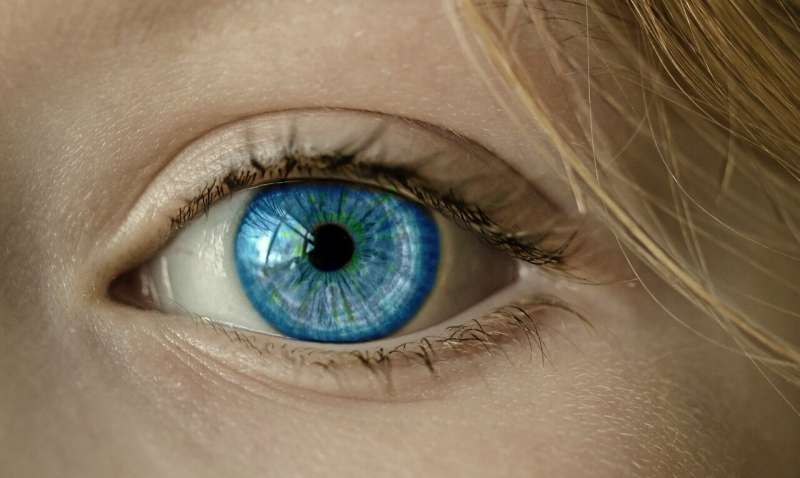Inflammation of the eye after drug withdrawal in children with arthritis

Uveitis occurs in up to 20% of children with JIA, although this varies depending on the specific type of JIA that each child has. Jens Klotsche and colleagues shared new data at the 2021 EULAR congress analyzing the risk of uveitis events after discontinuing disease-modifying antirheumatic drugs (DMARD) in children with one of two JIA categories: extended oligoarthritis and rheumatoid factor (RF)-negative polyarthritis.
The data for the analysis came from two ongoing biologic registers: the German Biologics in Pediatric Rheumatology (BiKeR) registry, and the Juvenile arthritis Methotrexate/Biologics long-term Observation (JuMBO) study. Adverse events and reports about uveitis events during treatment and after discontinuation of DMARDs were collected. A total of 2,041children with RF-negative polyarthritis or extended oligoarthritis were included. About half of the patients were enrolled in BiKeR when they started taking etanercept (n=1,137;55.7%), followed by 635 (31.1%) patients starting methotrexate monotherapy, or adalimumab (n=198, 9.7%). A history of uveitis was reported for 11.7%of children at enrolment in BiKeR.
Children with uveitis had a lower age at JIA onset in comparison to patients without uveitis. A total of 142 recurrent uveitis events were reported in 93 children, and for 27 children this was an incident uveitis reported during follow-up, with 19 uveitis flares reported for patients after the age of 18.
Uveitis events were reported significantly more often in the first 24 months after methotrexate discontinuation, and in the first 3 months after biological DMARD discontinuation (adalimumab and etanercept). Children with amethotrexate dose of 10 mg/m²or less at last intake had a higher likelihood for uveitis events. Overall, the longer the time since DMARD discontinuation the fewer uveitis events occurred.
This is the first prospective study to look at the risk of uveitis after DMARD withdrawal. The findings show uveitis relapses are common. Patients who stop DMARD therapy are at high risk for uveitis within the first 3-24 months after discontinuation. Rheumatologists and ophthalmologists should be aware about this risk, which should lead to regular uveitis screening after DMARD withdrawal.
More information: Klotsche J, et al. Risk for uveitis events after withdrawal of disease modifying antirheumatic drugs in the treatment of patients with extended oligoarthritis or rheumatoid factor negative polyarthritis. Presented at EULAR 2021; abstract OP0165.


















